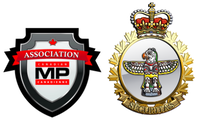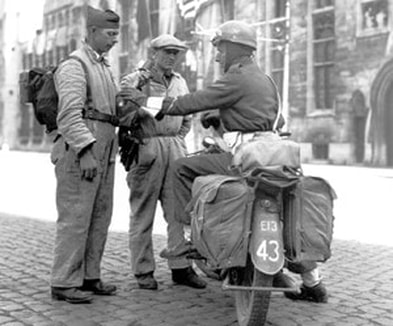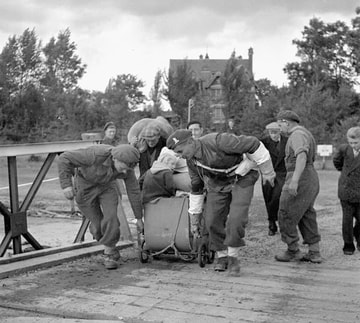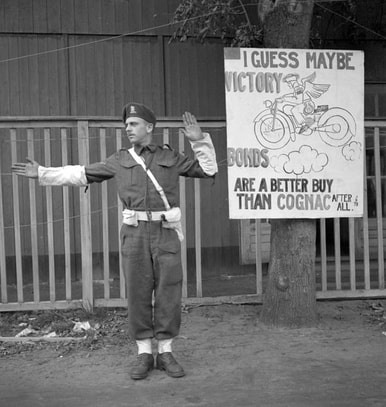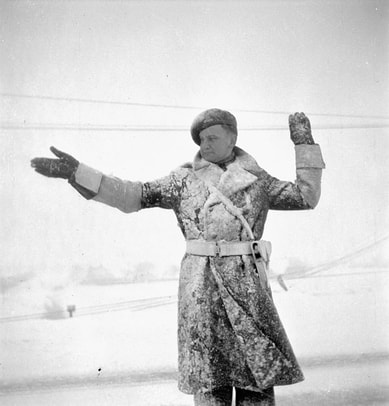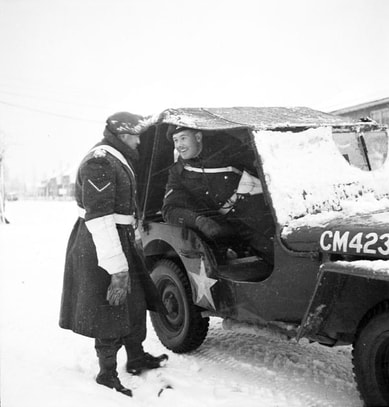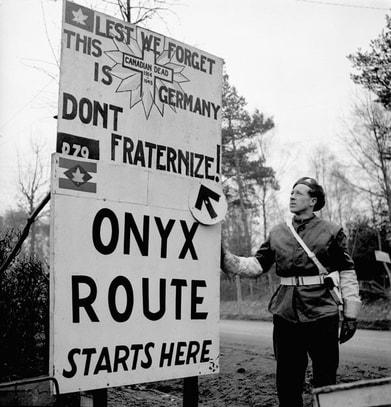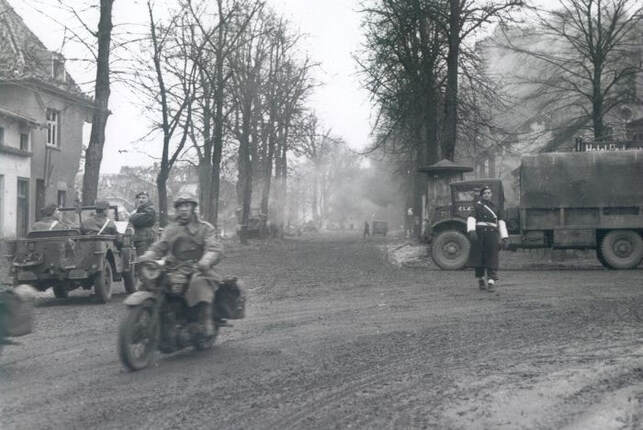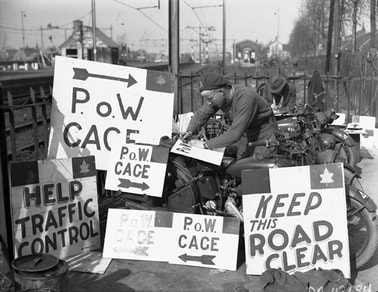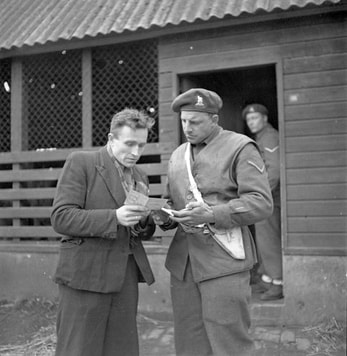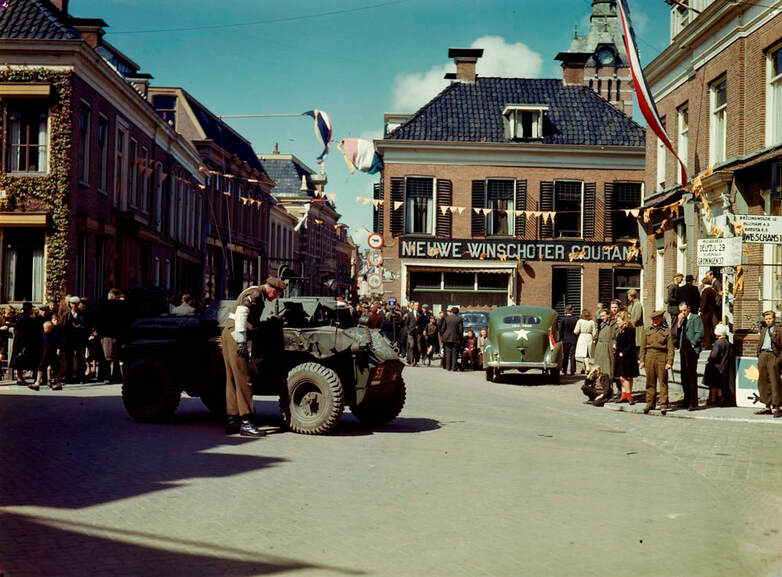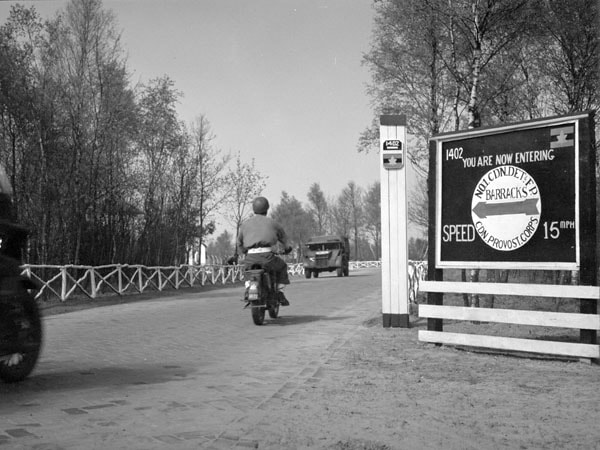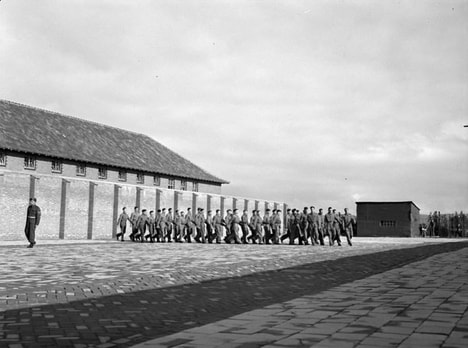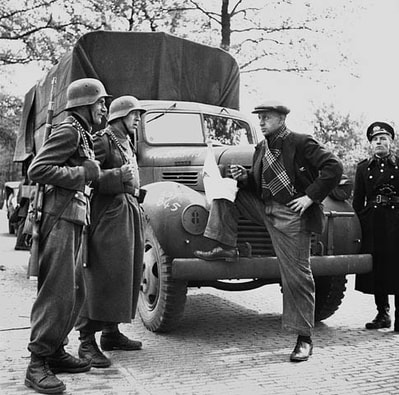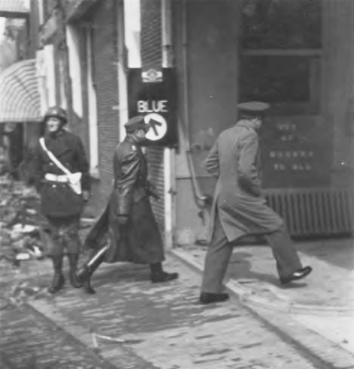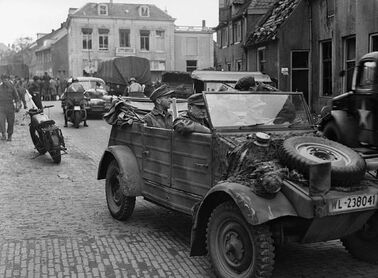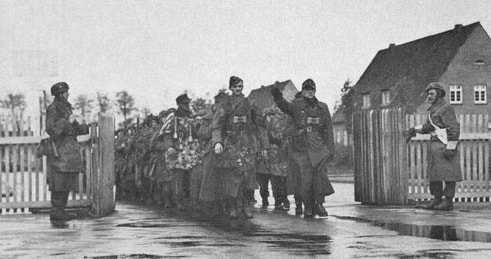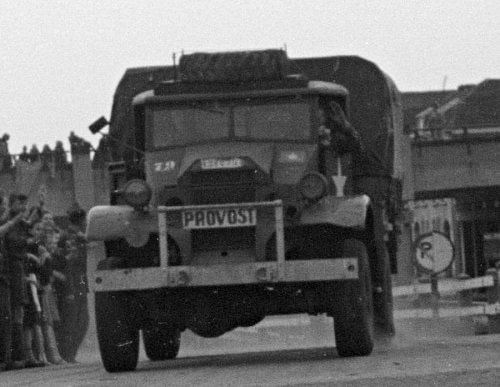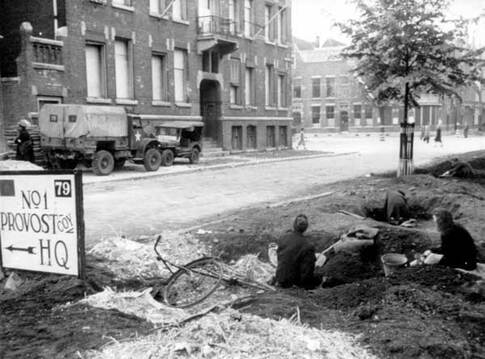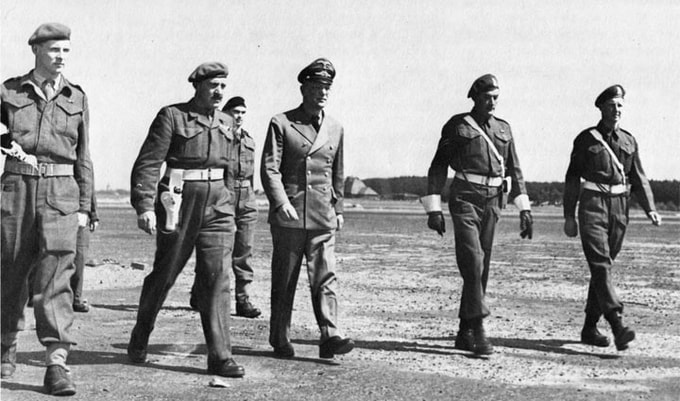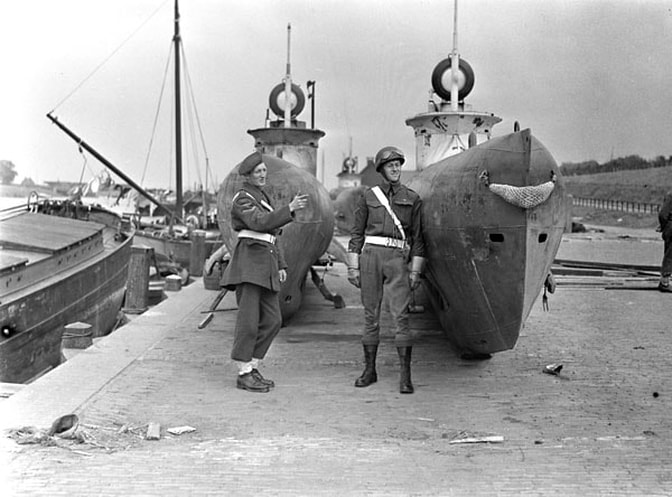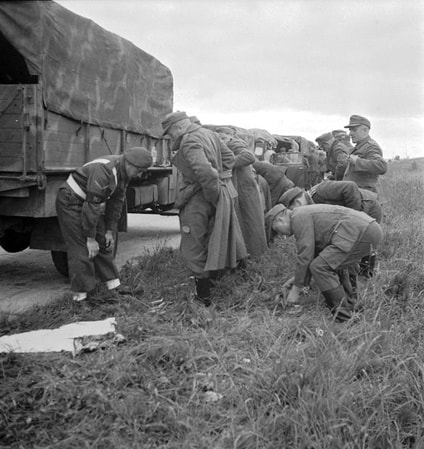Looking Back: Provost Support to the Liberation of the Netherlands and Victory in Europe
By Lieutenant-Colonel Paul Thobo-Carlsen (Retired), CMPA Director of History & Heritage.
From September 1944 to April 1945, the Canadian Provost Corps (CProC) played a critical role in supporting the First Canadian Army as it battled to liberate northern Belgium and the Netherlands from German occupying forces. These operations culminated on 5 May 1945 when Canadian forces accepted the surrender of all remaining German troops in the Netherlands and north-western Germany. Two days later all German forces across Europe surrendered. To celebrate this momentous achievement, 8 May 1945 was officially designated by the Allied forces as Victory in Europe (V-E) Day.
To help mark the 75th anniversary of the Liberation of the Netherlands and V-E Day, what follows is a selection of still photos and film clips showing CProC personnel in action during this final and crucial phase of the Second World War in Europe.
|
(Source: Canadian Army Film Unit/LAC/MIKAN 77708/Newsreel No. 51)
(Source: Canadian Army Film Unit/LAC/MIKAN 77708/Newsreel No. 59)
|
|
(Source: Canadian Army Film Unit/LAC/MIKAN 77708/Newsreel No, 67)
|
|
Images of the Liberation of Groningen (Source: Polygoon-Profilti [producer]/Netherlands Institute for Sound and Vision [administrator]/Creative Commons License BY-SA 3.0 NL)
|
The winter of 1944-45 was very difficult for people in the German-occupied areas of Netherlands—particularly those in Western Holland. A general railway strike, ordered by the Dutch government-in-exile in expectation of a general German collapse near the end of 1944, led the Germans to cut off food and fuel shipments to the western provinces where 4.5 million people lived. Although the German embargo was partially lifted in November 1944, allowing some food transportation via water routes, the unusually early and harsh winter caused canals to freeze over and become impassable by barges. The cumulative effect of the war and collapse of the transportation system caused a severe breakdown in the food distribution network. This dark period is known in the Netherlands as the Hongerwinter ("hunger winter").
Many citizens in the central-western Randstad area (including Amsterdam, Utrecht, Rotterdam, and The Hague) were receiving food rations meeting less than half of their nutritional requirements. The black market flourished and prices soared, forcing tens of thousands of people to flee the cities for the countryside in hope of finding a better food supply. More than 20,000 people eventually died from starvation or nutritional deficiencies. Relief finally came on 2 May 1945 when the Allies launched Operation Faust, in which the 1st Canadian Corps played a leading role. An agreement was negotiated with the local German military authorities, who by now knew the war would soon end in the Allies' favor, to allow aid convoys to cross German lines to deliver food and medical supplies to a distribution point near Wageningen. Canadian provost personnel provided important traffic control support for the movement of these convoys in and out of the handover area. The Germans agreed that only their own military policemen (Feldgendarmen) would be armed in the drop-off area to provide security for these precious commodities.
|
|
After the cessation hostilities in Europe, the Canadian Army's 3rd Infantry Division became the nucleus of the Canadian Army Occupation Force (CAOF) in Germany. The divisional military police unit, No. 4 Provost Company, remained in Germany until the COAF was withdrawn in June 1946.
|
(Source: Canadian Army Film Unit/LAC/MIKAN 77708/Newsreel No. 103)
|
Additional photos of Canadian Provost Corps personnel taken during the liberation of the Netherlands can be viewed at the Image Bank WW2 website (www.beeldbankwo2.nl), a Netherlands-based site hosted by the NIOD Institute for War, Holocaust and Genocide Studies. The following links will take you directly to the relevant pages:
[These pages may be displayed in the Dutch language. If using Google Chrome, right click on the page and select "Translate to English" from the pop-up menu]
Note:
1. The first archival photo in this article (PA-116733) shows Lance-Corporal "N. G. Rosborough" of No. 8 Provost Company. A subsequent photo (PA-113684) shows Lance-Corporal "H. G. Roseborough" of the same unit. It is very likely that this is the same person and his initials and surname spelling were either incorrectly recorded by a photographer or mistranscribed in the archival records.
1. The first archival photo in this article (PA-116733) shows Lance-Corporal "N. G. Rosborough" of No. 8 Provost Company. A subsequent photo (PA-113684) shows Lance-Corporal "H. G. Roseborough" of the same unit. It is very likely that this is the same person and his initials and surname spelling were either incorrectly recorded by a photographer or mistranscribed in the archival records.
